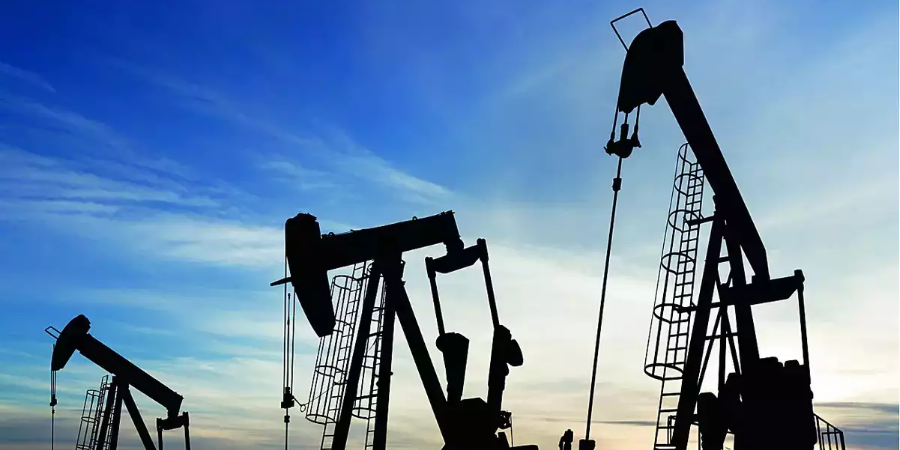India–US Trade Tensions Rise Over Steel and Auto Tariffs NMDC Limited reports a 38% drop in Q4 FY24 consolidated net profit RINL to Raise $23 Million Through Land Sales Amid Crisis

The capital expenditure (capex) on developing oilfields is expected to decrease to below $3.5 billion by 2030, according to a report. This reduction in spending is due to various factors impacting the oil and gas industry, including the global push towards renewable energy sources, increased focus on sustainability, and the impact of the COVID-19 pandemic.
The oil and gas sector has been facing significant challenges in recent years, with the rise of renewable energy sources and the growing concern over climate change leading to a shift in focus towards cleaner and more sustainable alternatives. This shift has prompted many companies to reconsider their investment strategies, leading to a decrease in capex for developing new oilfields.
The COVID-19 pandemic has further exacerbated the challenges faced by the oil and gas industry, with lockdowns and travel restrictions leading to a sharp decline in oil demand. This has forced companies to reevaluate their spending plans and prioritise cost-cutting measures.
As a result of these factors, the capex on developing oilfields is expected to decline steadily over the next few years, with the report predicting a drop to below $3.5 billion by 2030. This represents a significant decrease from the levels seen in previous years and highlights the changing dynamics within the oil and gas industry.
Despite the decrease in capex, the report suggests that there will still be opportunities for investment in the oil and gas sector, particularly in areas such as digitalisation, automation, and the development of new technologies. These investments are seen as crucial for companies looking to remain competitive in a rapidly evolving market.
The report highlights the challenges facing the oil and gas industry and the need for companies to adapt to a changing landscape. While the decrease in capex on developing oilfields is expected to continue, there are still opportunities for investment in other areas that can help companies navigate these challenges and remain viable in the long term.
Also Read : India & Qatar intend to extend their LNG import deal for 20 years at lower rates India's crude oil imports from Russia drop to 12-month low in Jan amid sanctions impact